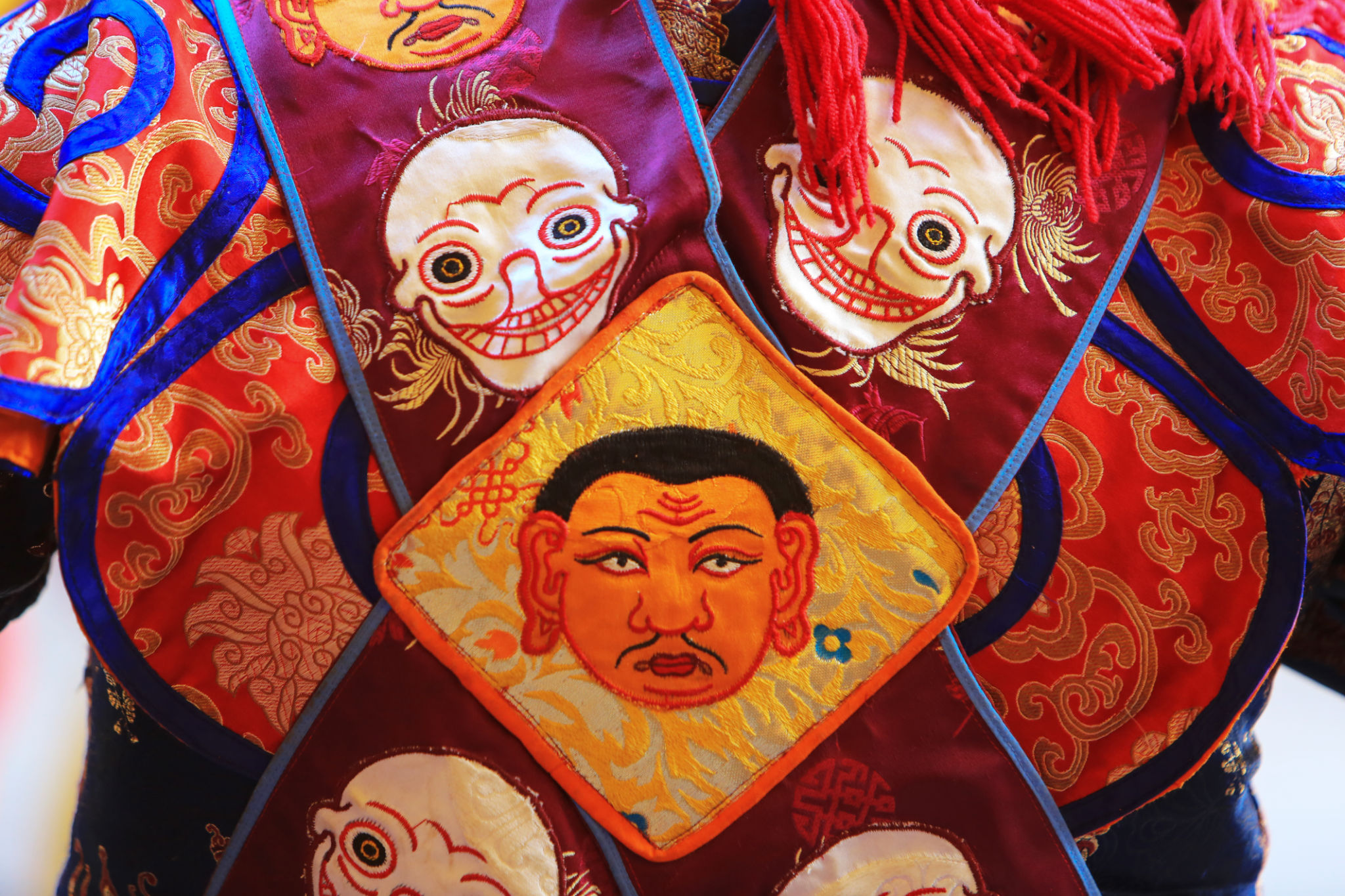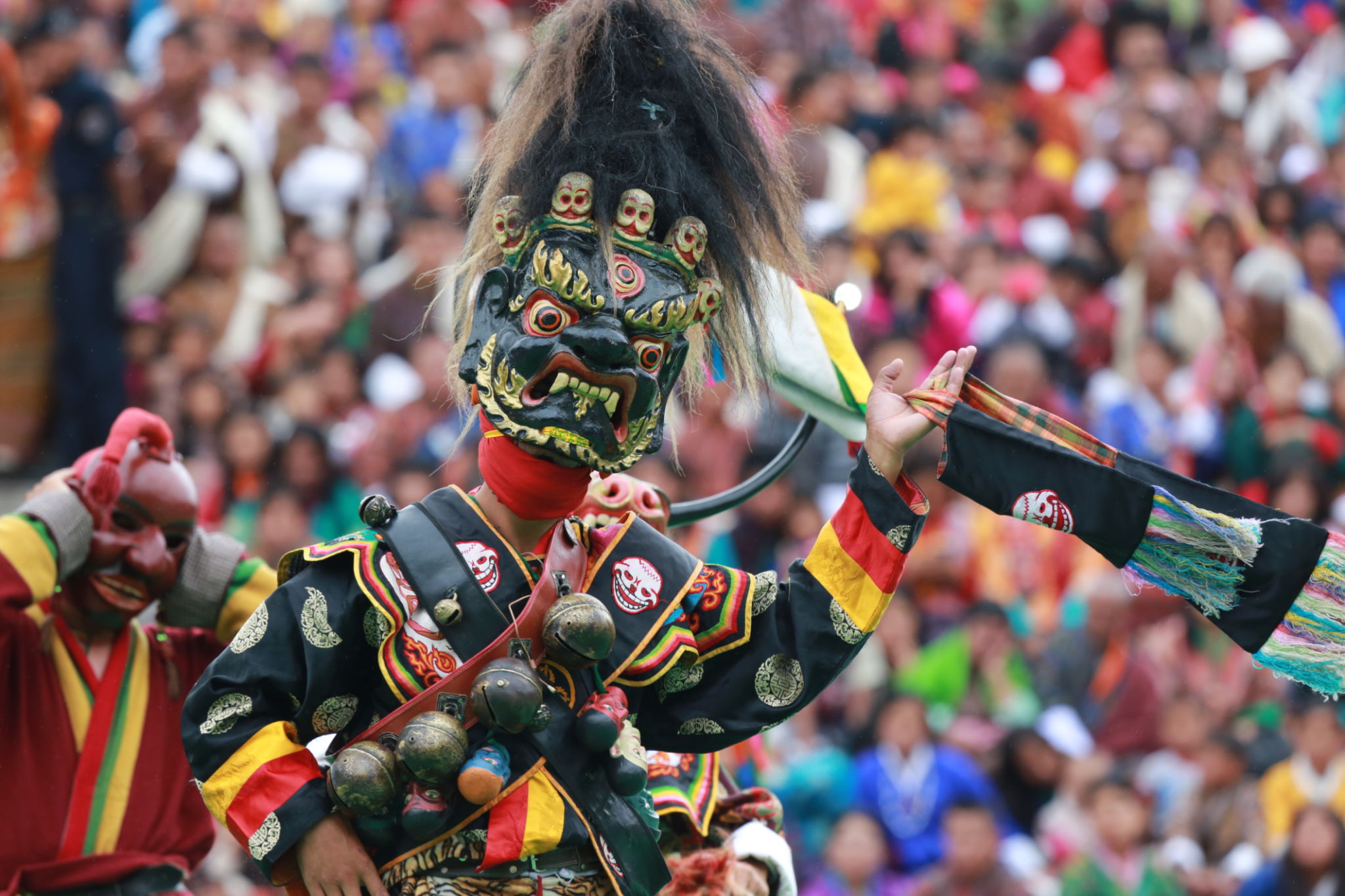Top 5 Myths About the Paro Tshechu Debunked
Understanding the Paro Tshechu
The Paro Tshechu is one of Bhutan's most significant religious festivals, attracting thousands of locals and tourists alike. Held annually in the picturesque Paro Valley, it is a vibrant display of traditional Bhutanese culture, featuring masked dances, music, and religious rituals. Despite its popularity, several myths about this festival continue to circulate, often misleading those who are not familiar with its true essence.

Myth 1: The Paro Tshechu is Only for Buddhists
One common misconception is that the Paro Tshechu is exclusively a religious event meant only for Buddhists. While it is rooted in Buddhist traditions, the festival is open to everyone, regardless of their religious beliefs. It provides a unique opportunity for people from all walks of life to come together and celebrate Bhutanese culture. Tourists are warmly welcomed and encouraged to participate in the festivities, offering a glimpse into the country's rich heritage.
Myth 2: The Festival Only Lasts One Day
Another widespread myth is that the Paro Tshechu is a one-day event. In reality, the festival spans five days, typically held in the spring. Each day features different events and performances that build up to the grand celebration on the final day. Attendees can witness a variety of traditional dances and rituals throughout the festival, each with its own significance and story.

Myth 3: All Performances Are Religious Ceremonies
While many of the dances performed during the Paro Tshechu have religious significance, not all of them are solemn ceremonies. The festival also includes lively and entertaining performances designed to amuse and engage the audience. The Atsaras, or clowns, play a crucial role in these performances by providing comic relief and interacting with spectators, making the festival enjoyable for all ages.
Debunking Misconceptions
Understanding these myths helps debunk misconceptions about the Paro Tshechu and reveals its true essence as a cultural celebration that transcends religious boundaries. It highlights the inclusivity and diversity of Bhutanese culture, inviting everyone to experience the beauty and spirituality of this unique festival.

Myth 4: Photography Is Not Allowed
Some believe that photography is prohibited at the Paro Tshechu due to its religious nature. While there are certain restrictions in place to ensure respectful conduct during ceremonies, photography is generally allowed. Visitors are encouraged to capture the vibrant colors and dynamic performances as long as they remain respectful of sacred moments and avoid disrupting participants.
Myth 5: The Paro Tshechu Is Not Family-Friendly
The assumption that the Paro Tshechu is not suitable for families with children couldn't be further from the truth. The festival includes activities that cater to all age groups, making it an ideal family outing. Children are often captivated by the colorful costumes, lively music, and entertaining performances. It provides a great opportunity for families to bond over shared cultural experiences.
In conclusion, dispelling these myths allows for a greater appreciation of the Paro Tshechu. It highlights the festival's role in promoting cultural exchange and understanding while showcasing Bhutan's rich traditions to the world. Whether you're a first-time visitor or a seasoned traveler, experiencing the Paro Tshechu is an unforgettable journey into Bhutanese culture.
